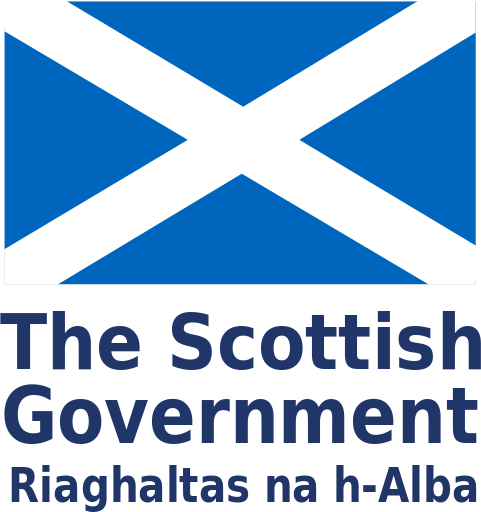The brain is divided into several areas/lobes each responsible for carrying out different functions. Click on the picture below to learn more about these. Instructions for navigating the diagram- once you have read the text click on the side arrow to return the main diagram.
So the effects a person may experience following a stroke will depend on the area of the brain that has been damaged and the extent of that damage.
No two people will experience exactly the same problems.
Frontal lobe is involved in:
- Voluntary movement
- Personality & voluntary behaviour
- Emotional & impulse control
- Decision-making & problem-solving
- Planning & organising
- Attention
- Speech
Parietal lobe is involved in:
- Processing sensations, such as touch, pressure, temperature & pain
- Body awareness
- Orientation & processing of visuo-spatial information
- Number representation
Temporal lobe is involved in:
- Learning & memory
- Visual memory (memory of pictures & faces)
- Verbal memory (memory of words & names)
- Ability to process auditory information
- Ability to understand written & spoken language
- Recognition (ability to tell one smell from another & one sound from another)
Occipital lobe is involved in:
- Sight
- Processing of visual information from the eyes
Cerebellum is involved in:
- Coordinating movement (muscle coordination & balance)
- Posture
- Learning of sequences
Brain Stem is involved in:
- Basic functions of human body
- breathing
- heart rate
- blood pressure
- temperature
- sleep & alertness
Limbic system is involved in:
- Memory formation and storage
- Emotion regulation
- Feelings of motivation and reward
- Processing of smells
Page last reviewed: 19 Mar 2021


